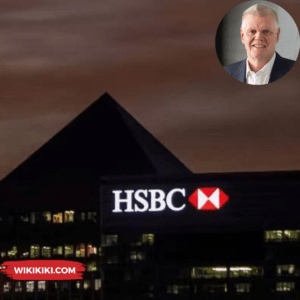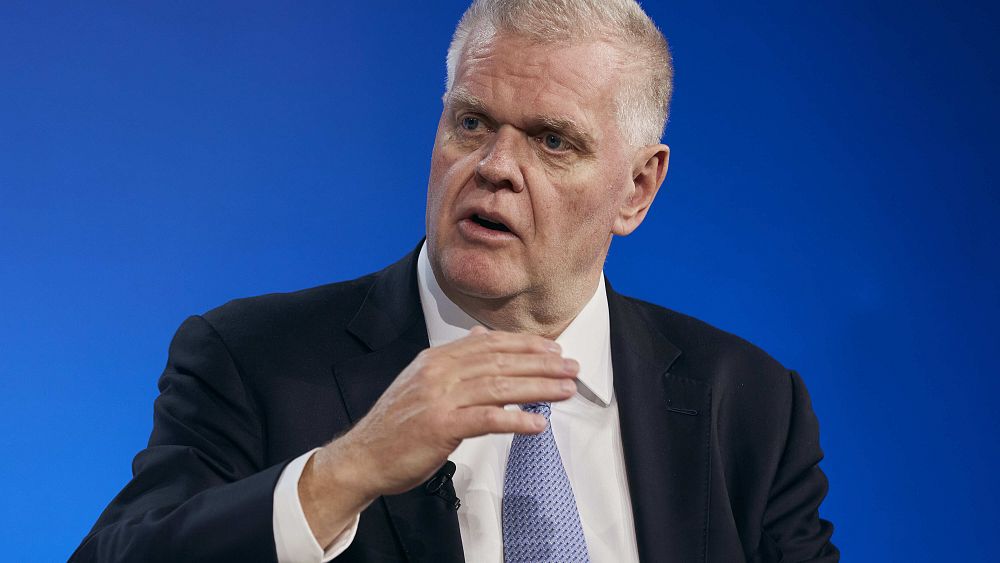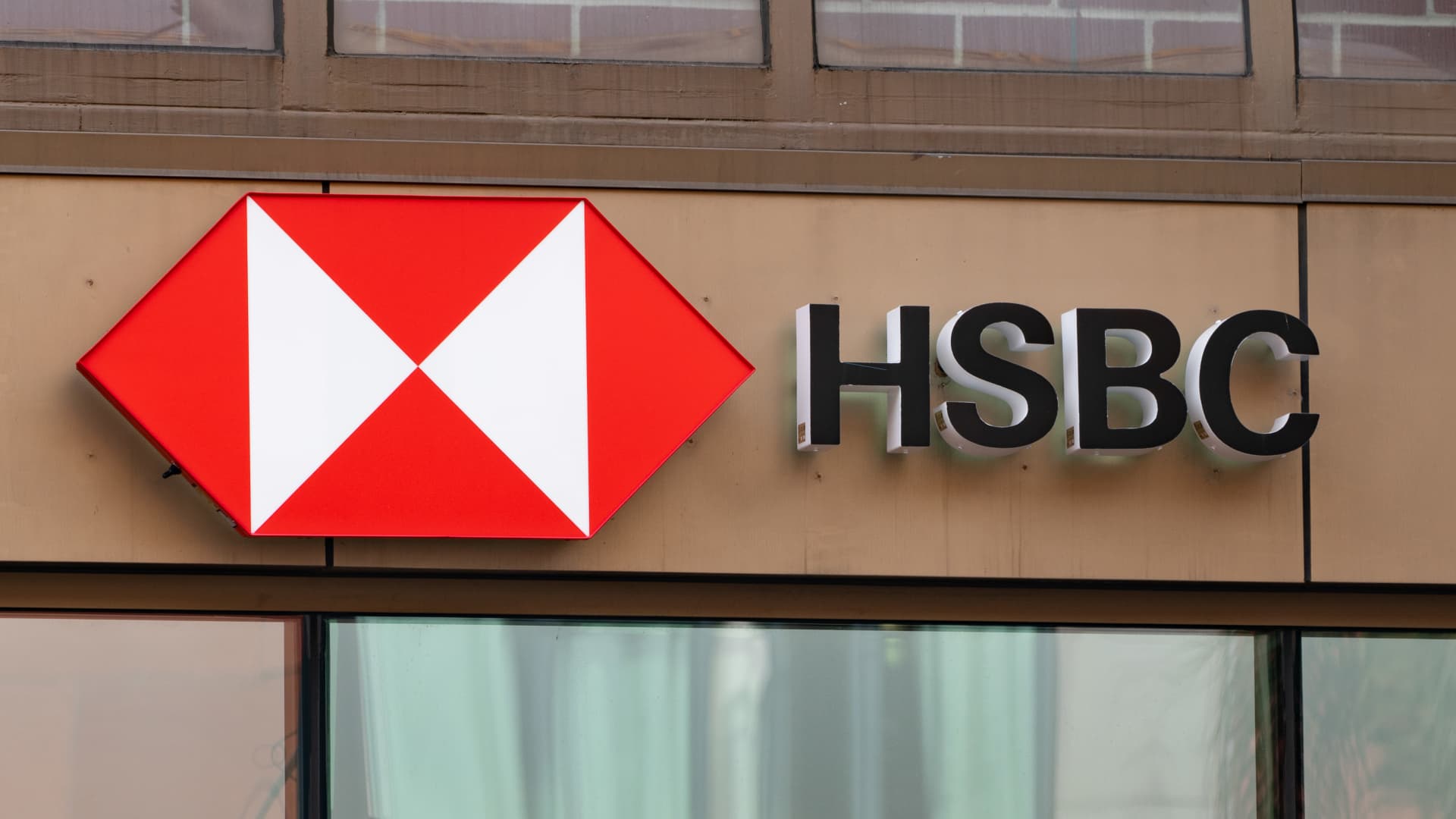HSBC, recently made headlines with the announcement of a new $3 billion share buyback program and third-quarter profits. Despite missing market expectations, HSBC’s performance and strategic moves indicate a promising future for the banking giant.

Also Read: Toshiba’s 74-Year Stock Market History Comes to an End
HSBC reported a pre-tax profit of $7.7 billion for the third quarter of 2023, an increase compared to the $3.2 billion reported in the same quarter of the previous year. This is a huge surge, with profits jumping by 140%.
While this growth in profits was positive, it didn’t quite meet the high expectations of analysts who had estimated a figure closer to $8.1 billion.
It’s important to note that the bank attributed the disparity in part to a $600 million charge related to its hedging strategy, a move intended to benefit the bank in subsequent quarters.
HSBC’s announcement of a new $3 billion share buyback program was well-received by investors. This program is expected to be completed by February 21, 2024, and it follows a series of share buybacks made by the bank in 2023.
The total stock repurchases for the year are set to reach $7 billion, reflecting HSBC’s commitment to returning value to its shareholders.
The share buyback is expected to have an impact on the bank’s common equity tier 1 (CET1) capital ratio, a measure of financial resilience for European banks.
HSBC declared a third interim dividend of 10 cents per share, bringing the total payout for the year to 30 cents per share.
The bank’s consistent dividend payouts demonstrate its dedication to rewarding shareholders and providing them with a steady income stream.
Also Read: Pakistan: 40% People Fall Below Poverty Line, World Bank Report
HSBC’s performance in Q3 2023 was influenced by several key factors. One of the most significant contributors to the bank’s profitability was the impact of higher interest rates.
The bank’s net interest income experienced growth due to the favorable interest rate environment. This played a pivotal role in boosting the bank’s revenues, with total revenues for the quarter increasing by an impressive 40.4% year-on-year to reach $16.16 billion.
Additionally, the Commercial Banking segment of HSBC saw a 40% year-on-year increase in pre-tax profit to $2.85 billion.
However, the Global Banking and Markets segment experienced a 10% decrease, attributed to higher costs. The Corporate Centre segment reported a pre-tax profit of $765 million.
Furthermore, HSBC’s wealth business showed promising results, with substantial growth in net new invested assets in the quarter, totaling $34 billion.
The wealth balance sheet also expanded by 12% compared to the previous year, indicating the bank’s progress in the wealth management sector.
While HSBC’s recent performance has been impressive, it is not without its challenges. The bank operates in a dynamic global environment, and factors like sputtering economic growth in China and a real estate market correction have posed challenges for many businesses, including HSBC.
Also Read: Elon Musk Offers Wikipedia $1 Billion to Change its Name to Dickipedia
The bank’s loan loss provision for the quarter included a portion related to China’s commercial real estate sector, reflecting the uncertainties in this market.
HSBC’s CEO, Noel Quinn, expressed cautious optimism, stating that the Chinese property market has undergone a “huge policy correction” and that while a full recovery may take time, he anticipates gradual improvement.
HSBC’s strategy also involves a focus on the Asian market, where it generates a significant portion of its income.
The bank’s recent acquisition of Citigroup Inc’s retail wealth management portfolio in mainland China added approximately $3.6 billion in assets and deposits, expanding its presence in this growing region.
Operating expenses for HSBC increased by 2% from the same period a year earlier, due to a planned increase in performance pay for some staff and higher technology spending.
The bank now expects cost growth of about 4% for 2023, slightly higher than its previous target of approximately 3%.
This reflects the bank’s commitment to investing in its workforce and technology to remain competitive and offer top-notch services.
Also Read: Foxconn: China Conducts Tax Audit, Land Use Probe




/cloudfront-us-east-2.images.arcpublishing.com/reuters/KVDTUAWDVJNSFC3HLKTOXOMYDE.jpg)



















